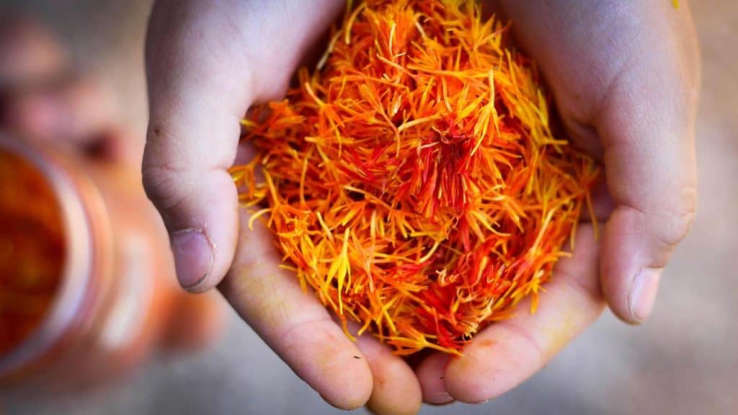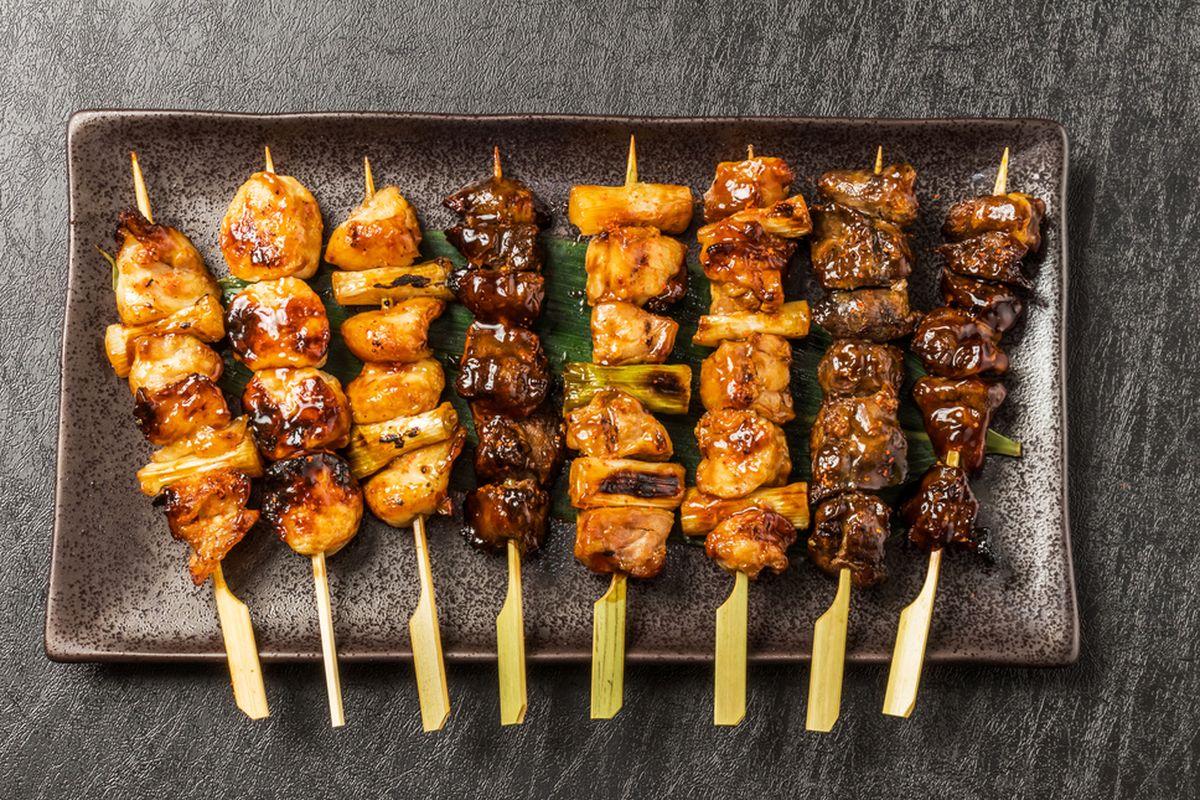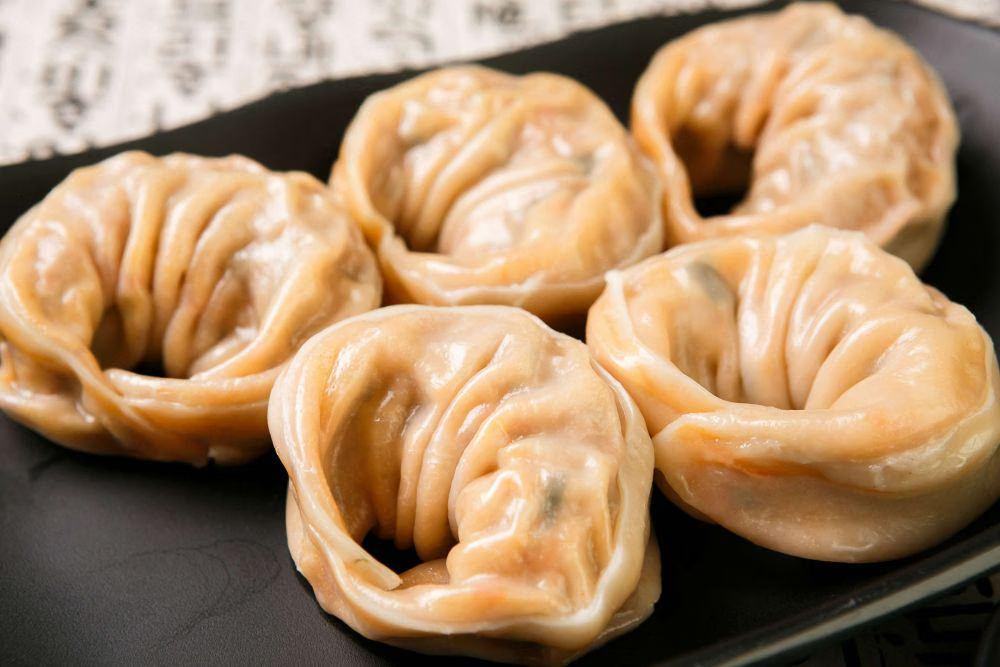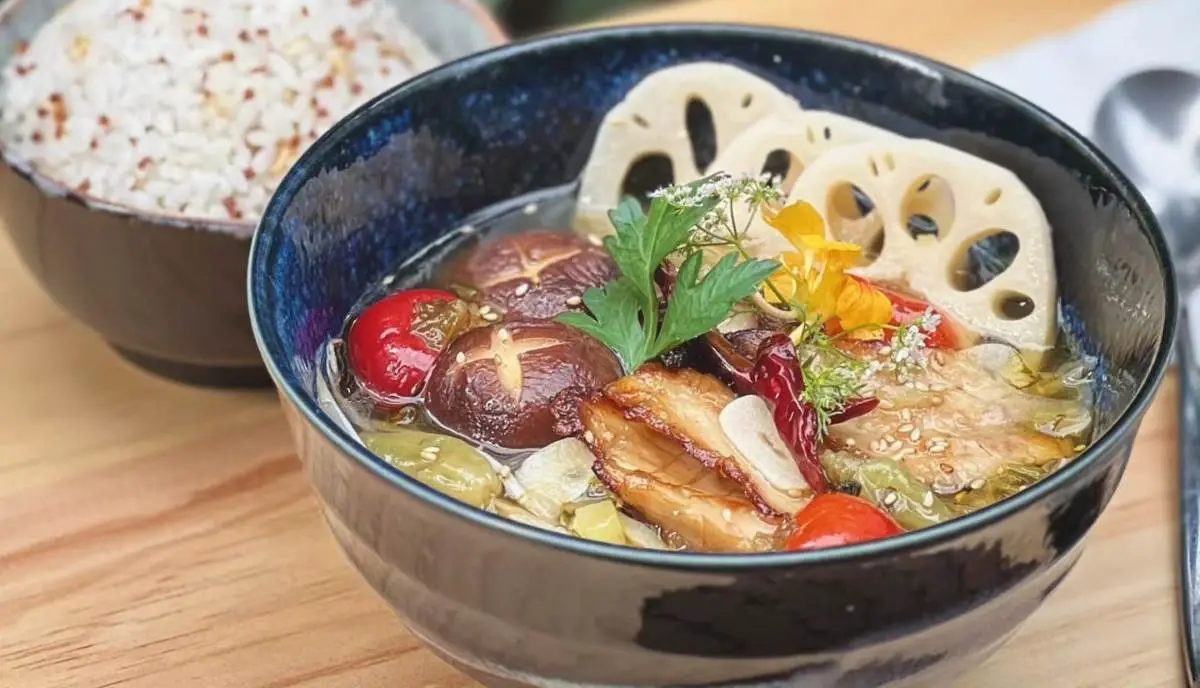Saffron, often called the “red gold,” is more than just a seasoning—it’s a cultural bridge that connects history, travel, and gastronomy. Cultivated in regions like Iran, Kashmir, Spain, and Morocco, this precious spice has shaped culinary traditions for centuries. Travelers seeking authentic food experiences are increasingly drawn to saffron routes, where they can witness hand-harvesting, learn about drying techniques, and taste traditional dishes infused with its rich aroma. In La Mancha, Spain, for example, guided saffron tours allow visitors to explore blooming crocus fields and participate in local cooking workshops.
Beyond its luxurious flavor, saffron carries health benefits that enhance its allure for culinary tourists. Rich in antioxidants like crocin, it supports mood regulation, reduces oxidative stress, and has long been used in traditional medicine. Nutrition experts highlight that saffron’s bioactive compounds may even contribute to improved digestion and emotional well-being—two vital factors for travelers adjusting to new environments. Experiencing saffron on-site means savoring both its taste and its holistic value, creating a deeper appreciation for the spice.
Choosing saffron-based culinary journeys enriches not only the palate but also cultural understanding. From Persian saffron rice to Kashmiri kahwa tea and Spanish paella, each dish tells the story of migration, heritage, and tradition. For food travelers, following saffron’s journey offers more than a culinary delight—it provides a meaningful connection to local farmers, ancestral techniques, and global gastronomy.





